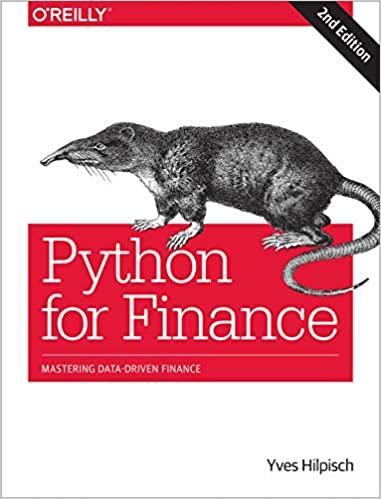Question
Bond A pays $8,000 in 20 years. Bond B pays $8,000 in 40 years. (To keep things simple, assume these are zero-coupon bonds, which means
Bond A pays $8,000 in 20 years. Bond B pays $8,000 in 40 years. (To keep things simple, assume these are zero-coupon bonds, which means the $8,000 is the only payment the bondholder receives.)
Suppose the interest rate is 3.5 percent.
Using the rule of 70, the value of Bond A is approximately ________, and the value of Bond B is approximately _________.
Now suppose the interest rate increases to 7 percent.
Using the rule of 70, the value of Bond A is now approximately ______ , and the value of Bond B is approximately _______
Comparing each bonds value at 3.5 percent versus 7 percent, Bond As value decreases by a _________ percentage than Bond Bs value.
The value of a bond ________ when the interest rate increases, and bonds with a longer time to maturity are sensitive to changes in the interest rate.
Step by Step Solution
There are 3 Steps involved in it
Step: 1

Get Instant Access to Expert-Tailored Solutions
See step-by-step solutions with expert insights and AI powered tools for academic success
Step: 2

Step: 3

Ace Your Homework with AI
Get the answers you need in no time with our AI-driven, step-by-step assistance
Get Started


